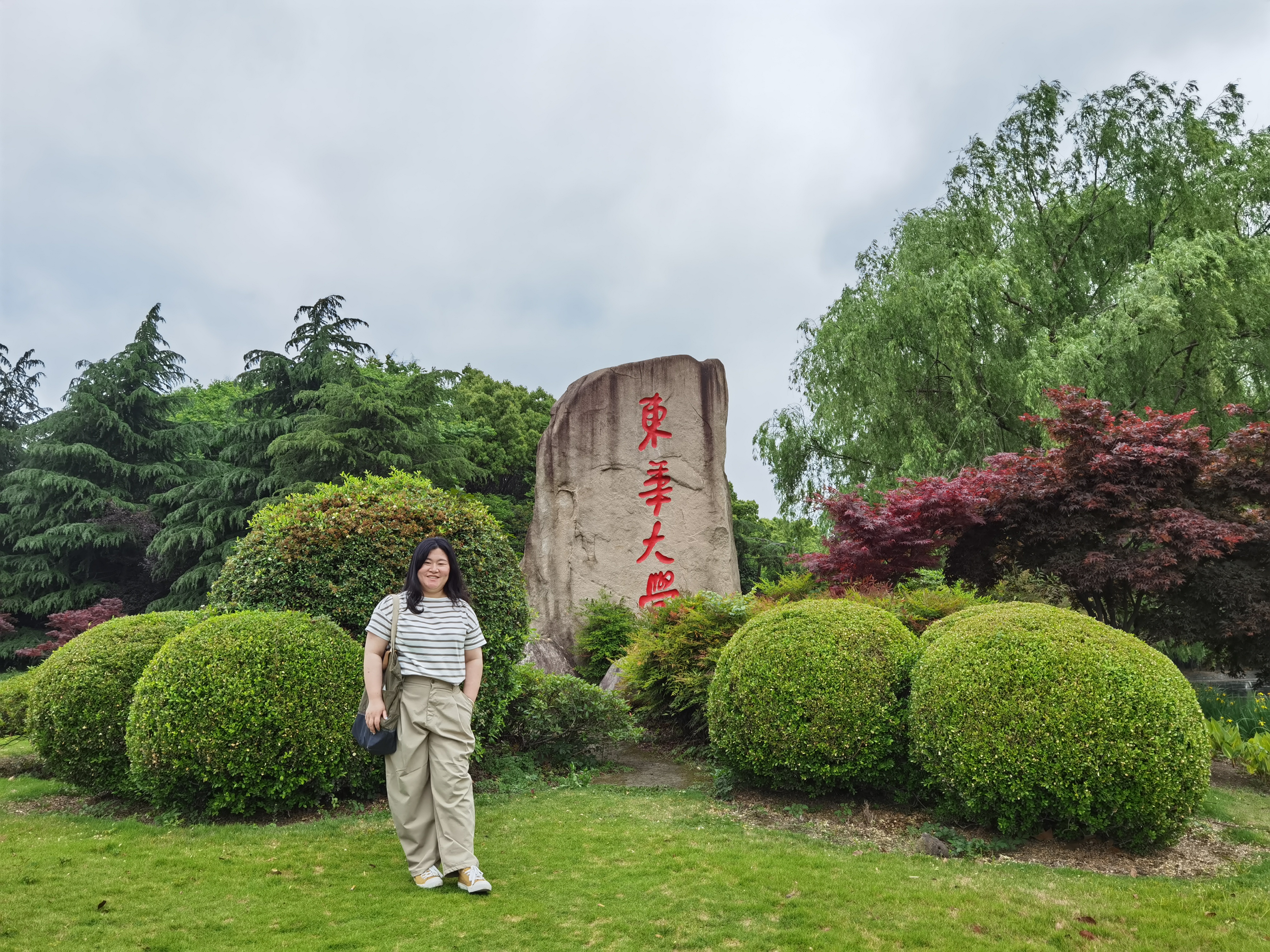Research into Japanese puzzles prompts London adventure for master's student
A love for Japanese culture snowballed into a London conference trip for Lianne Hufkens, master's student Artificial Intelligence. Will the story come full circle and lead her to Japan as well? It’s not unthinkable.
“I only said ‘yes’ once in the process,” says Lianne. “Yes to writing a paper, when my supervisor asked me about it at the beginning of my internship.” The tale started when Lianne chose to do a research internship in the second year of her master’s studies. Under supervision of Dr. Cameron Browne, she worked out the taxonomy – a diagram depicting relations between things, much like a family tree – of Japanese logic puzzle games. Through a series of events, she ended up presenting her research at the 2019 IEEE Conference on Games in London.

Pioneering in Japanese puzzles
“When my supervisor proposed a number of projects for the internship, the one about Japanese puzzles stood out. That’s not surprising: I’ve studied Japanese as a hobby for twelve years now. Another point of interest was that very little work had been done on this topic. Most papers out there are written in Japanese, and focus on single puzzles and their underlying mathematical principles.”
“The project I worked on was intended as a preparation for applying Artificial Intelligence. But as things go in research… It took off in a different direction. When the software I intended to use wasn’t fully ready yet, I started working on the paper instead.”
Peer review
“Writing a manuscript is one thing, but I didn’t think I could call it a paper until it was published somewhere. My supervisor took the lead and we decided to submit it to the IEEE Conference on Games. From there on, we went through the publishing process. I’m pretty new to academia – I obtained my bachelor’s degree from a university of applied sciences – so I had to learn it all from scratch.”
When you submit a manuscript, it goes through something called peer review. That means other scientists review your work anonymously, and give advice to the editor who coordinates the process. The reviewers can reject or accept your manuscript for publication, or accept it under the condition that you make changes. “We received two acceptations and one request for minor revisions,” says Lianne. “That was actually a very positive reception. I later learned that only 40% of papers was accepted.”
I later learned that only 40% of papers was accepted.
Lianne Hufkens, master's student Artificial Intelligence

Snowballing into a London presentation…
The chain of events kept propagating. “When the paper was accepted at the conference, I learned that in that case, you’re supposed to come and present it.” Off to London she went. By train, because it was just as easy as taking the plane, but also out of an environmental consciousness. “The conference itself was pretty overwhelming. There were a lot of people in a fairly limited space. The programme was fully packed from 8 AM until 6 PM, often followed by an evening session.”
Unfortunately, Lianne’s presentation was scheduled at the end of the last session of the demanding conference. “I think it went well, but there weren’t that many people present. Everyone was tired and some people went home already. By that time I didn’t have the energy left to be nervous, so it wasn’t fully a bad thing.”
…and into a trip to Japan?
The end of the conference had one last surprise in store for Lianne: the organizers announced the location of the 2020 IEEE Conference on Games. “Yup,” she smiles, “next year’s conference will be held in Japan. It’s a funny coincidence. Japan has been on my wish list of travel destinations for a long time, but I’m still debating whether I will go.”
If the story does in fact continue, we’ll keep you posted.

|
A Functional Taxonomy of Logic Puzzles In the paper resulting from her internship, Lianne sets out to create a hierarchy based on 100 Japanese logic puzzle games including the well-known Sudoku. The resulting taxonomy (a schematic which shows how things relate to each other) groups the puzzles by category and places them in context of each other and single-player games in general. “I worked out the classification by hand,” says Lianne, “by taking a close look at the puzzles. I played them, compared them and contrasted them, so they could be grouped based on the puzzle’s goal and strategies.” The work has helped to implement the puzzles in Ludii, a general game playing system in development for the Digital Ludeme Project. The project works out the taxonomy of 1,000 games between 3500 BC and 1900 AD, by having Artificial Intelligence play the games and evaluate the probability of rule sets of games partially lost to history. |
Also read
-
At EGGXPERT, a local startup, two waste products from eggs are put to use in the production of facial masks and wound plasters. Co-founder Chang Liu was one of the first graduates of the master’s in Biobased Materials at the Faculty of Science and Engineering.
-
In 2016 Marta Dávila Mateu, now a graduate of Data Science and Knowledge Engineering, moved to Maastricht, a city completely unknown to her. Her choice turned out to be a double-edged sword. She found the lack of skate culture depressing, but enjoyed her studies, especially the focus on the...



